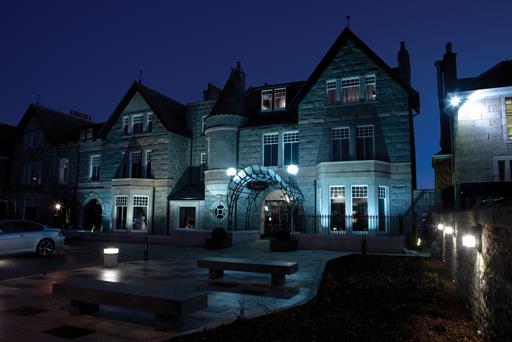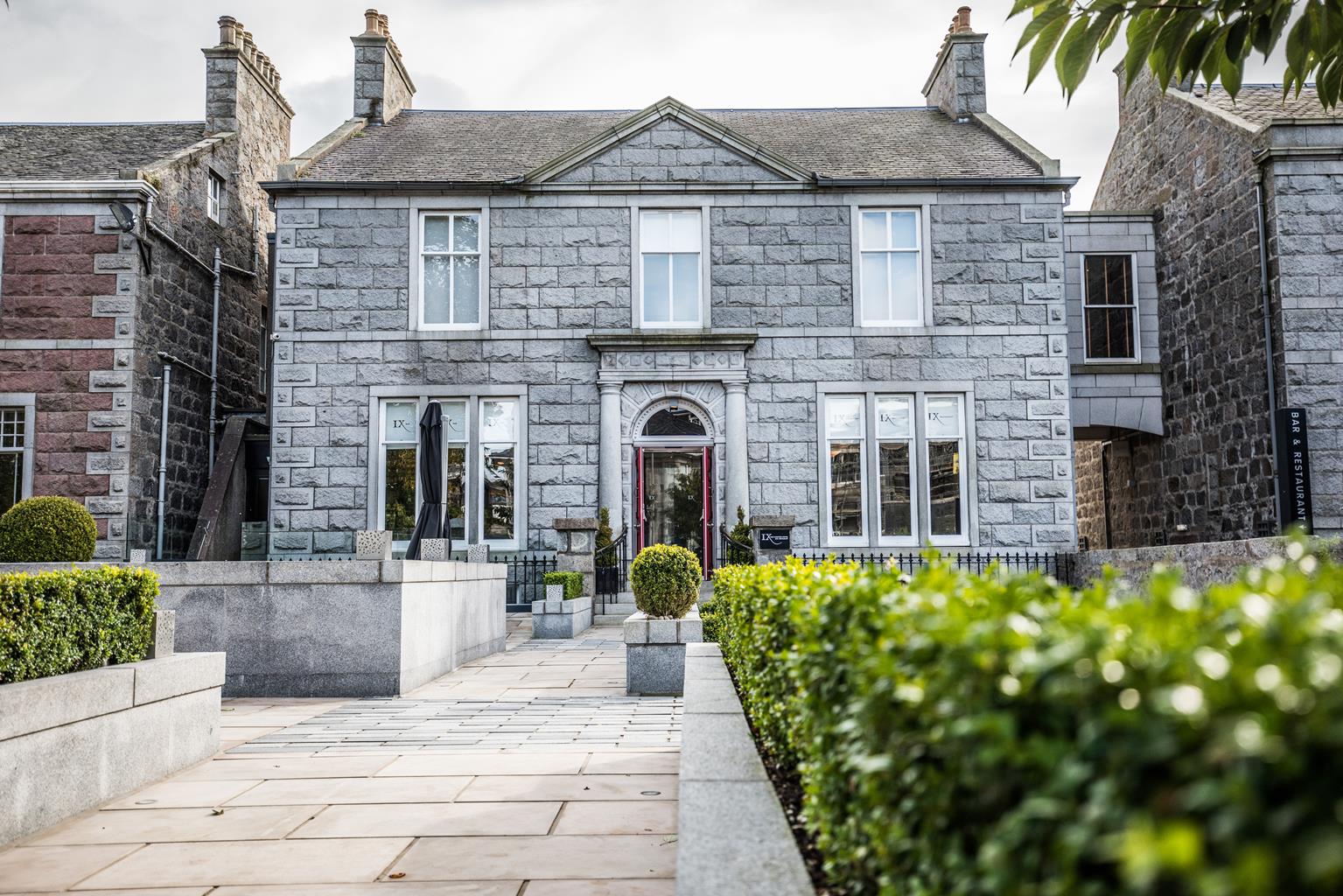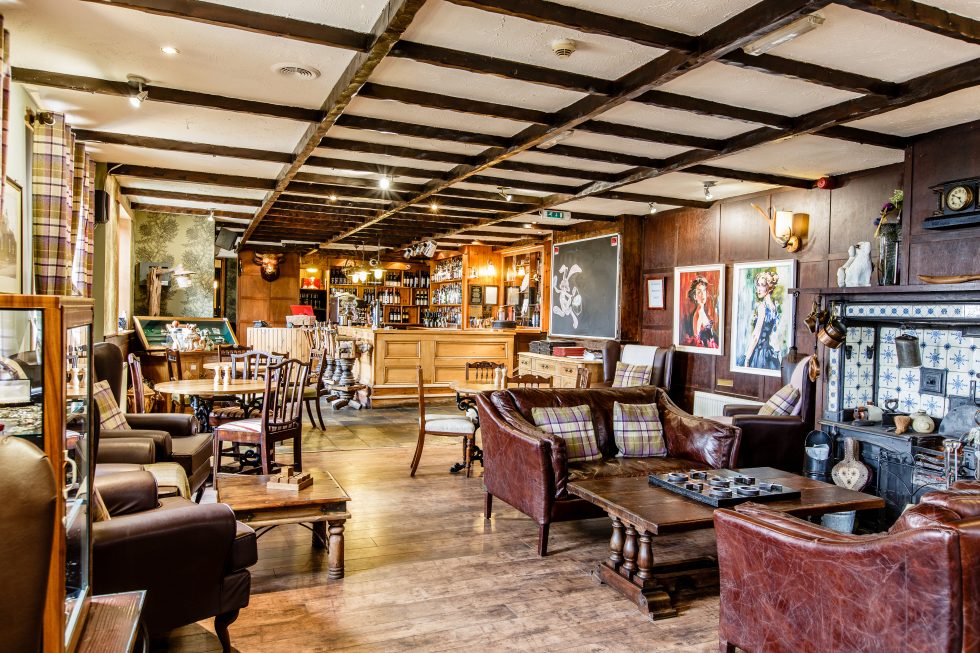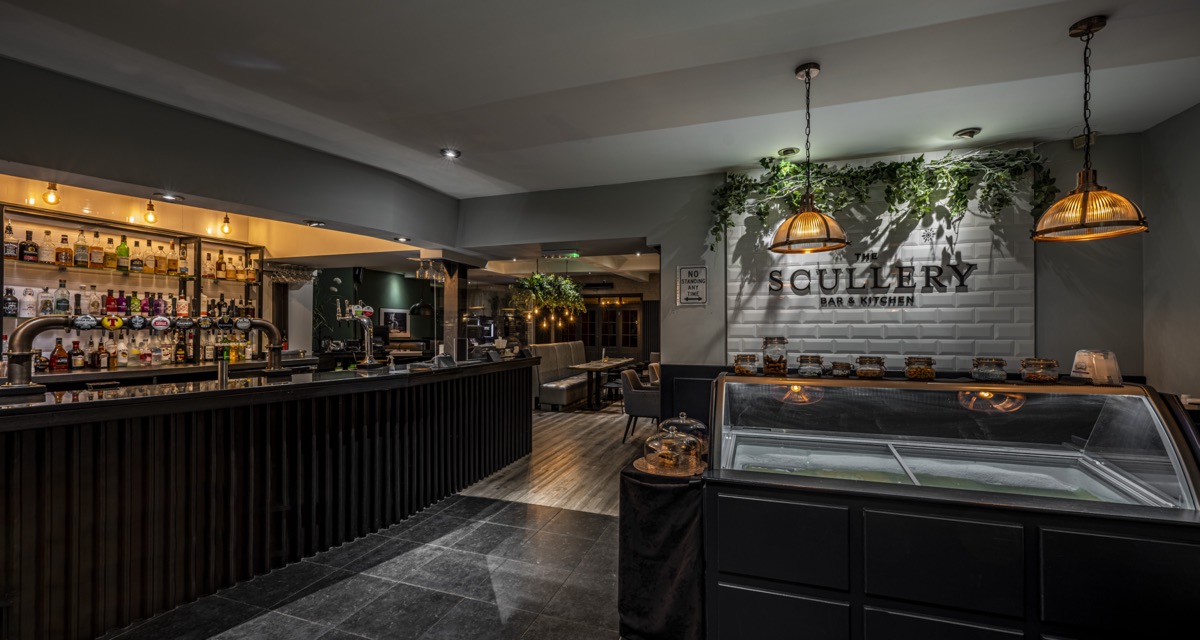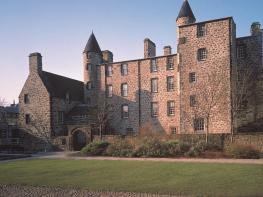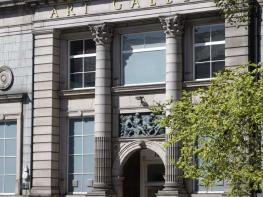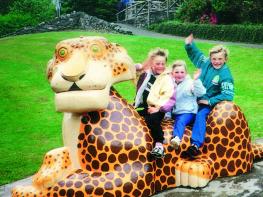In the east of the city centre, Malmaison Aberdeen is popular with business guests and as a…
A circuit of Old Aberdeen

3.75 miles (6kms)
About the walk
Aberdeen was a major maritime centre throughout the 19th century, starting when a group of local entrepreneurs purchased an ageing paddle tug and launched it as the first steam-powered trawler. From small beginnings the steam trawling industry expanded, and by 1933 Aberdeen was Scotland's top fishing port, employing nearly 3,000 men with 300 vessels sailing from its harbour. By the time oil was coming on stream, much of the massive trawling fleet had relocated to Peterhead. Today, tugs, safety vessels and supply ships for the offshore rigs packed into the harbour far outnumber the trawlers.
Black gold
Geologists had speculated about the existence of oil and gas in the North Sea since the middle of the 20th century, but tapping its deep and inhospitable waters was another story. However, as oil prices rose, the industry began to consider the North Sea as a viable source of oil. Exploration commenced in the 1960s and the first major find in the British sector was in November 1970 in the Forties field, 110 miles (177km) east of Aberdeen. By late 1975, after years of intense construction, the hundreds of miles of pipes, massive offshore rigs, supply ships, helicopters and an army of oil workers were finally in place. In Aberdeen, HRH Queen Elizabeth pressed the button that would set the whole thing moving. Oil flowed from the rig directly to the refinery at far-away Grangemouth.
So, while many ports have suffered decline, Aberdeen remains busy due to the oil trade, as the influx of people connected with the industry and a subsequent rise in property prices have brought prosperity – though not for all.
The human cost
The human cost of oil prosperity was brutally brought home on the night of 6 July 1988. A huge fire lit the sky as the Piper Alpha oil platform, 120 miles (193km) offshore, exploded. Helicopters flew all night, bringing the dead and injured to Aberdeen. In all 167 died; many of the survivors live with the scars of that night and the horrific memories of escaping the burning rig. A memorial to the dead stands in Hazlehead Park. The subsequent inquiry revealed that safety regulations had been ignored. The industry learned a bitter lesson, and the rigs are now safer places to work. The industry still supports about 50,000 jobs locally and known reserves are such that oil will continue to flow well into the 21st century.
Walk directions
From your parking place, head southwards on the promenade, walking beside the shore with the sea on your left. Go down the slipway onto the beach for a short distance to wooden steps on the right, and leave the beach to enter a children's play area. (If the tide is high at the slipway, clamber over the sea wall on your right, and pass along a row of fishermen's cottages.)
Walk past the Silver Darling restaurant and into the harbour area. Continue past the war memorial, and along Pocra Quay as it bends right. Turn left into York Street and then, at the corner of York Place, turn left. Take the first right, the first left and second right to emerge on Waterloo Quay.
Where Waterloo Quay becomes Commerce Street, turn left into Regent Quay and then at the T-junction cross the dual carriageway at pedestrian lights. Turn left and then first right to reach Aberdeen Maritime Museum and John Ross's House (he was the Provost of Aberdeen between 1710 and 1711). If you have time, the Maritime Museum is well worth a visit.
From here head along Exchequer Row, to turn left into Union Street. At once turn right into Broad Street, where you will find Provost Skene's House on the right. The area around this historic building has been redeveloped as a modern retail and office complex, Marischal Square.
Continue ahead past Marischal College, turn right into Littlejohn Street, and then cross North Street. At the end of Meal Market Street turn right into King Street and then left into Frederick Street. At the junction with Park Street turn left, and keep walking ahead until the road crosses a railway.
Shortly after the crossing is a roundabout. Head slightly right along Park Road. Follow the road through the Trinity Cemetery and towards Pittodrie Park, home to Aberdeen FC since it was formed in 1903, but perhaps not for much longer as there are plans to relocate to a new stadium. Go on to the junction with Golf Road.
At the junction with Golf Road, turn up right, on the well-made path over Broad Hill. There are wide views of the sea and Aberdeen. At the path end, turn left to reach a roundabout with subtropical plants, on the esplanade. The shoreline promenade leads back to your car.
Additional information
Mainly pavements along beach (underwater at high tide)
Old fishing port
Keep on lead
OS Explorer 406 Aberdeen & Banchory
Esplanade at John Codona's Pleasure Fairs and Sunset Boulevard or Linx Ice Arena
Upperkirkgate, opposite Marischal College; also at station and bus station
WALKING IN SAFETY
Read our tips to look after yourself and the environment when following this walk.
Find out more
Also in the area
About the area
Discover Aberdeenshire
Visitors to Aberdeenshire with any kind of interest in history are in for a treat. There are more castles to the acre in Aberdeenshire than anywhere else in Britain. They range from evocative ruins to lonely tower houses, from well-kept baronial strongholds to royal palaces. Four notable castles worth factoring into your itinerary are Dunnottar, Fyvie, Huntly and Tolquhon.
At Buchan Ness you’ll find yourself at the easternmost point of Scotland. From here you can follow the coast further down this stunning north-east shoulder of Scotland south to Peterhead, once an important whaling community. Beyond it is Aberdeen, where the eastern spur of the Grampians gives way to the North Sea, and two famous salmon rivers, the Don and the Dee, reach the end of their spectacular journey.
Heading west out of Scotland’s granite city, you are soon in a magical world of heather moorland, rolling hills and densely wooded valleys, cut by meandering rivers and picturesque lochs. It is here that you can discover the staggering number of castles and ancient strongholds. However, it’s not all palaces and ruins. Bottlenose dolphins are an everyday sight in the Moray Firth and off the Aberdeenshire coast so grab your binoculars and head to the shores.
Nearby stays
Restaurants and Pubs
Nearby experiences
Recommended things to do
Why choose Rated Trips?
Your trusted guide to rated places across the UK
The best coverage
Discover more than 15,000 professionally rated places to stay, eat and visit from across the UK and Ireland.
Quality assured
Choose a place to stay safe in the knowledge that it has been expertly assessed by trained assessors.
Plan your next trip
Search by location or the type of place you're visiting to find your next ideal holiday experience.
Travel inspiration
Read our articles, city guides and recommended things to do for inspiration. We're here to help you explore the UK.




